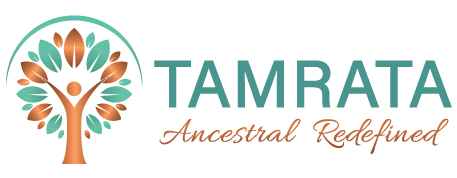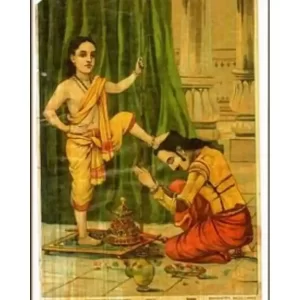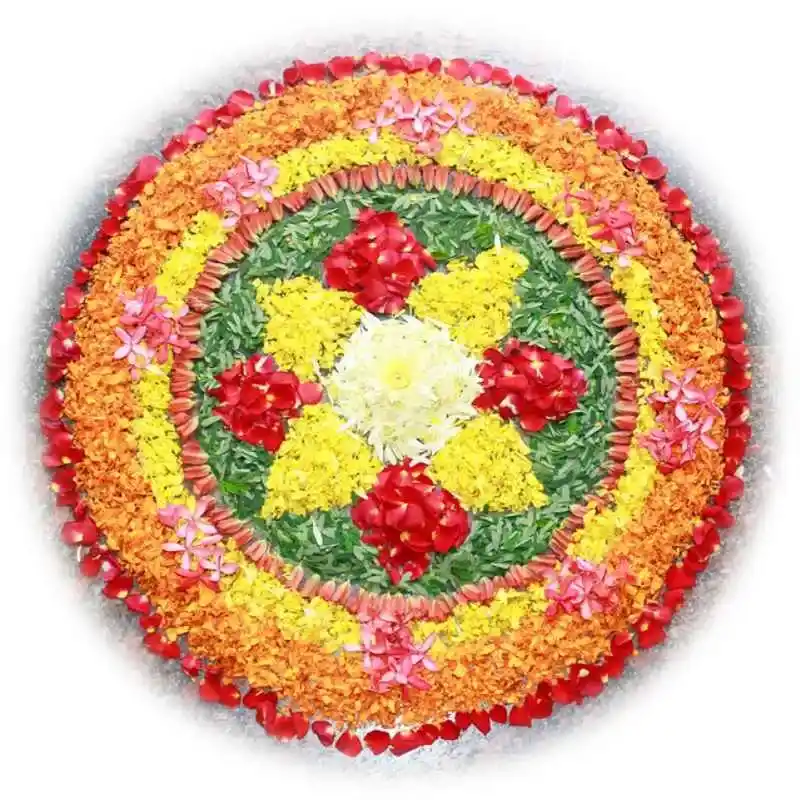Blog
SEO-optimized title: Onam 2024: A Guide to Kerala’s Harvest Festival
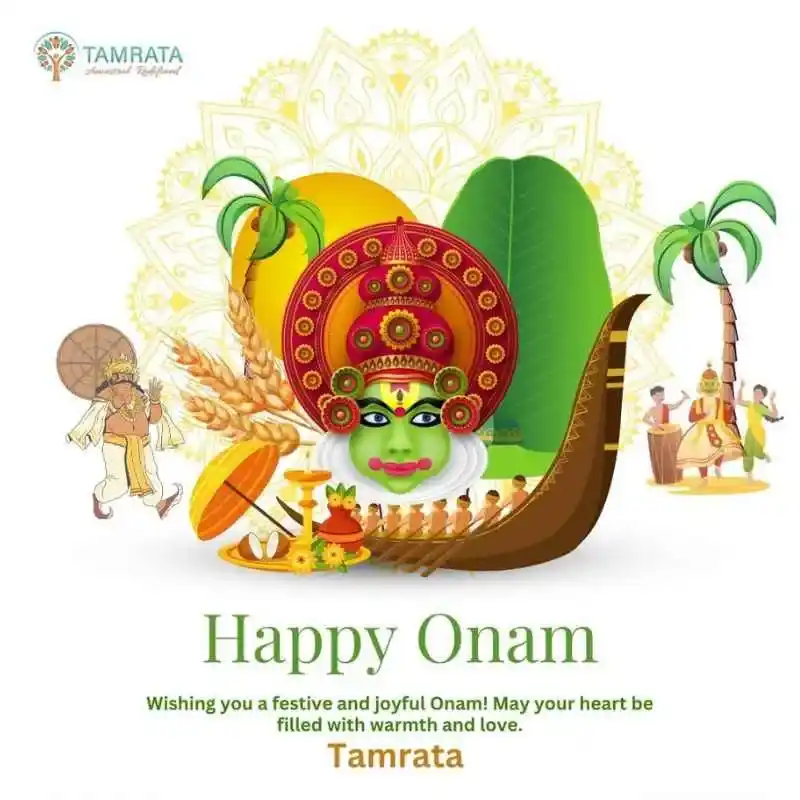
Onam, the grand harvest festival of Kerala, holds a special place in the hearts of Keralites worldwide. This 10-day festival is a vibrant mix of tradition, devotion, and cultural splendor, reflecting the unity and diversity of the region. From the colorful Pookalams (floral arrangements) to the grand Onam Sadya (feast), this celebration is a tribute to Kerala’s rich history and mythology. Let’s dive into the significance, traditions, and essence of Onam.
The Significance of Onam: Celebrating Prosperity and Unity
Onam marks the return of King Mahabali, a beloved ruler of Kerala, who is believed to visit his people during this festival. It is a harvest festival that celebrates the abundance of nature, prosperity, and unity among people, regardless of caste or creed. The festival coincides with the Malayalam month Chingam, the first month of the Kerala calendar, signaling the end of the monsoon and the beginning of the harvest season.
The Ancient Story Behind Onam: King Mahabali and Vamana
The legend behind Onam is rooted in the story of Mahabali, a benevolent and just Asura king who ruled Kerala in ancient times. His reign is often described as a golden age when peace, prosperity, and happiness prevailed. However, the gods, growing envious of Mahabali’s popularity, sought the help of Lord Vishnu, who took the form of a dwarf, Vamana. Vamana asked for three paces of land from Mahabali. With Mahabali’s consent, Vamana grew to cosmic proportions, covering the heavens and earth in two steps, and placed his third step on Mahabali’s head, sending him to the netherworld. However, Mahabali was granted the boon to return once a year to visit his beloved people, which is celebrated as Onam.
Onam Specialties: What Makes Onam Unique?
Onam is not just a festival, but a collective celebration of Kerala’s traditions, culture, and history. Some of the highlights include:
- Pookalam: Intricate flower carpets are laid at the entrance of homes to welcome King Mahabali.
- Onam Sadya: The grand vegetarian feast served on banana leaves.
- Vallamkali (Boat Race): The famous snake boat races, where hundreds of rowers compete in long, decorated boats.
- Traditional Dances: Various classical and folk dances such as Thiruvathirakali and Kathakali are performed.
- Pulikali: A traditional tiger dance where performers paint themselves like tigers and dance to the rhythm of drums.
- Onakodi: Wearing new clothes, traditionally white or off-white, symbolizes the purity of the festival.
How Onam is Celebrated: Traditions and Rituals
The festival of Onam lasts for 10 days, with each day having its unique significance and customs. Here’s how the main days of Onam are celebrated:
- Atham: The first day marks the beginning of Onam festivities. People create the first layer of Pookalam, and processions are held.
- Thiruvonam: The tenth and most important day when the grand Onam Sadya is prepared, and prayers are offered. People dress in traditional attire and engage in festivities.
Throughout the festival, homes are decorated, temples are visited, and there is a spirit of giving and joy that fills the air.
The Role of Brass Utensils in Onam Celebrations
Brass utensils have been an integral part of Kerala’s cooking traditions for centuries, especially during festivals like Onam. From large brass urulis used for preparing payasam (dessert) to brass lamps that illuminate homes, these utensils symbolize Kerala’s ancient culinary and cultural practices. Brass is known to retain heat evenly, making it ideal for cooking traditional dishes during the festival.
- Brass Uruli: Used to make traditional desserts like Palada Payasam and Parippu Pradhaman.
- Brass Idli Cookers: Some households still use brass steamers to cook idlis and puttu during festive breakfasts.
- Brass Kadai: Perfect for frying and deep-frying snacks for the feast.
- Brass Unniyappam Maker : Unniyappam, a sweet and crispy snack, is a beloved treat during Onam, adding a delicious touch to the festive celebrations.
Onam Sadya: The Grand Feast
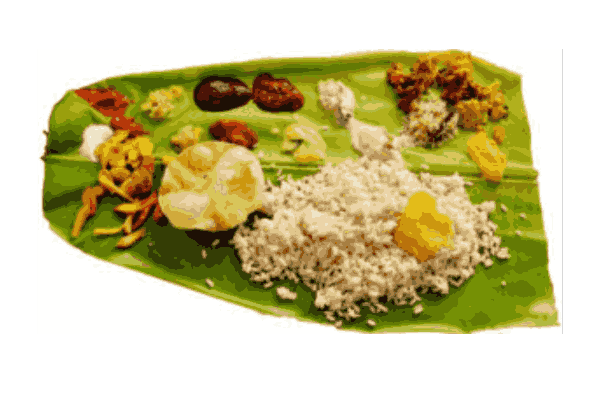 One of the most anticipated aspects of Onam is the Onam Sadya, a lavish vegetarian feast comprising multiple dishes served on a banana leaf. The Sadya reflects Kerala’s rich culinary heritage and is a true celebration of local produce. Some of the must-have dishes in an Onam Sadya are:
One of the most anticipated aspects of Onam is the Onam Sadya, a lavish vegetarian feast comprising multiple dishes served on a banana leaf. The Sadya reflects Kerala’s rich culinary heritage and is a true celebration of local produce. Some of the must-have dishes in an Onam Sadya are:
- Avial: A mixed vegetable dish cooked in coconut and yogurt.
- Sambar: A flavorful lentil and vegetable stew.
- Erissery: A dish made with pumpkin, coconut, and lentils.
- Pachadi: A yogurt-based side dish with fruits or vegetables.
- Inji Puli: A tangy and spicy ginger-tamarind sauce.
- Kootu Curry: A thick stew made with black chickpeas and grated coconut.
- Payasam: The dessert course, typically rice or lentil-based, cooked with milk and jaggery.
Every dish has its designated place on the banana leaf, and the meal is eaten with hands, connecting one deeply with the food and tradition.
The Role of Children in Onam Celebrations
Children play a significant role in Onam, and for them, it is a time of joy and excitement. They actively participate in making Pookalams, wearing new clothes, and engaging in various traditional games like Uriyadi (breaking a pot blindfolded). The stories of King Mahabali and the mythological tales surrounding Onam are often shared with children, ensuring that the rich heritage and significance of the festival are passed down to the next generation.
The Message of Onam: Unity, Prosperity, and Equality
Onam transcends religious boundaries and is a festival that brings people together in celebration. The message of King Mahabali’s rule – one of prosperity, peace, and equality – resonates strongly even today. Onam serves as a reminder of the values of selflessness, humility, and generosity, making it a time to give back to society and share joy with loved ones.
Onam is more than just a festival; it is a reflection of Kerala’s cultural and spiritual richness. Whether it’s the grand Sadya, the joy of wearing new clothes, or the thrill of the Vallamkali, every element of Onam brings people together. This Onam, let’s celebrate with family, enjoy delicious food, and embrace the message of unity and harmony.
